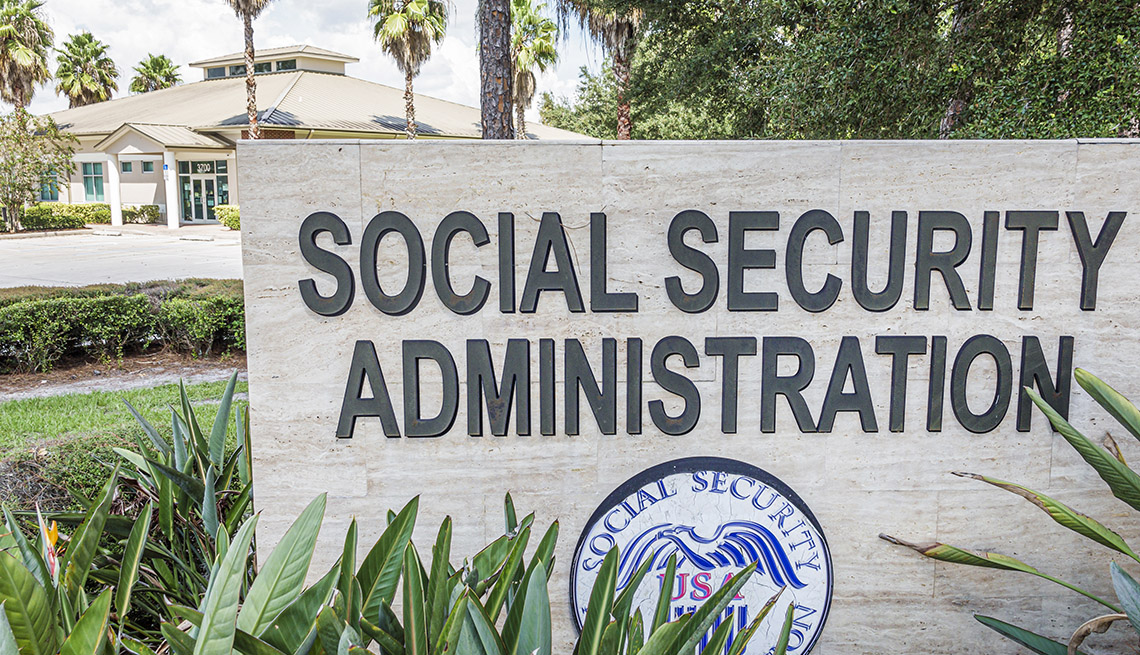Filing for Social Security benefits may appear straightforward, but there are several factors to consider before receiving your first check.
To file for benefits, individuals must have at least ten years of taxable wages and be 61 years and 9 months old. Conditions for filing on someone else’s record may differ, but that is a topic for another article. So, here are some additional things you should know:
-
When to apply
The age when you claim Social Security has a substantial impact on your monthly payout. Most workers born after 1960 have a full retirement age of 67, whereas those born between 1943 and 1954 have a full retirement age of 1966. Benefits can be collected as early as age 62, although this results in a reduction. For the first 36 months of early claiming, benefits are lowered by 5/9 of 1% per month, and any subsequent months are decreased by 5/12 of 1%. Claiming at 62 reduces benefits by 25% for full retirement age of 66, and 30% for full retirement age of 67.
A $1,000 benefit at full retirement age is lowered to $700 when claimed at 62, while a spouse’s $500 benefit reduces to $350. Delaying benefits beyond full retirement age boosts payments through delayed retirement credits (DRCs), which add 2/3 of 1% per month, up to 8% per year until age 70.
Claiming strategically will be the key to financial success in retirement.
-
How much you’ll get monthly from Social Security
To assist with estimating Social Security benefits, the Social Security Administration offers a tool through the my Social Security account.
The software’s accuracy increases as you approach full retirement age, as it predicts earnings for remaining years. However, it can provide a general idea of what to expect when you decide to retire or when it’s a good time to do so.

-
What you need to apply online or in person
When dealing with bureaucracy, there are few things worse than scheduling an appointment and not having all of the necessary papers and having to restart the process. To begin, review your records and obtain any missing information from prior employers or the IRS. You’ll need:
- Basic information about yourself: Social Security number, Original birth certificate or proof of U.S. citizenship or resident alien status
- Your earnings history: Verification of your record of earnings
- Direct deposit for benefit payment: Routing and account number for your bank account
- Employer details for current year and prior 2 years: Employer name, start and end dates of employment
- Self-Employment Details for Current Year and Prior 2 Years: Business type, total net income
- Current and past marriage: Your spouse/former spouse’s Social Security number and birth date, Date you got married/divorced and where you got married (city, state, country)
- U.S. Military Service: Type of duty and branch and service period dates. Military service papers if you served before 1968
- Names of your children: Some children may be eligible for benefits based on your work history. Unmarried children under the age of 18 or disabled children under the age of 22 may qualify for some type of benefit based on your work history.
-
Social Security’s birthday rules
Your birth date determines when you can claim Social Security payments, as particular criteria apply to persons born on specific dates.
If you were born on the first day of a month between February and December, your Social Security payments and full retirement age are calculated as if your birthday was in the previous month. For those born on January 1, Social Security considers December of the previous year as their birth month and year. Individuals born on February 29 during a leap year are unaffected, as Social Security considers February as their birth month regardless of whether it happens annually.















Leave a Reply